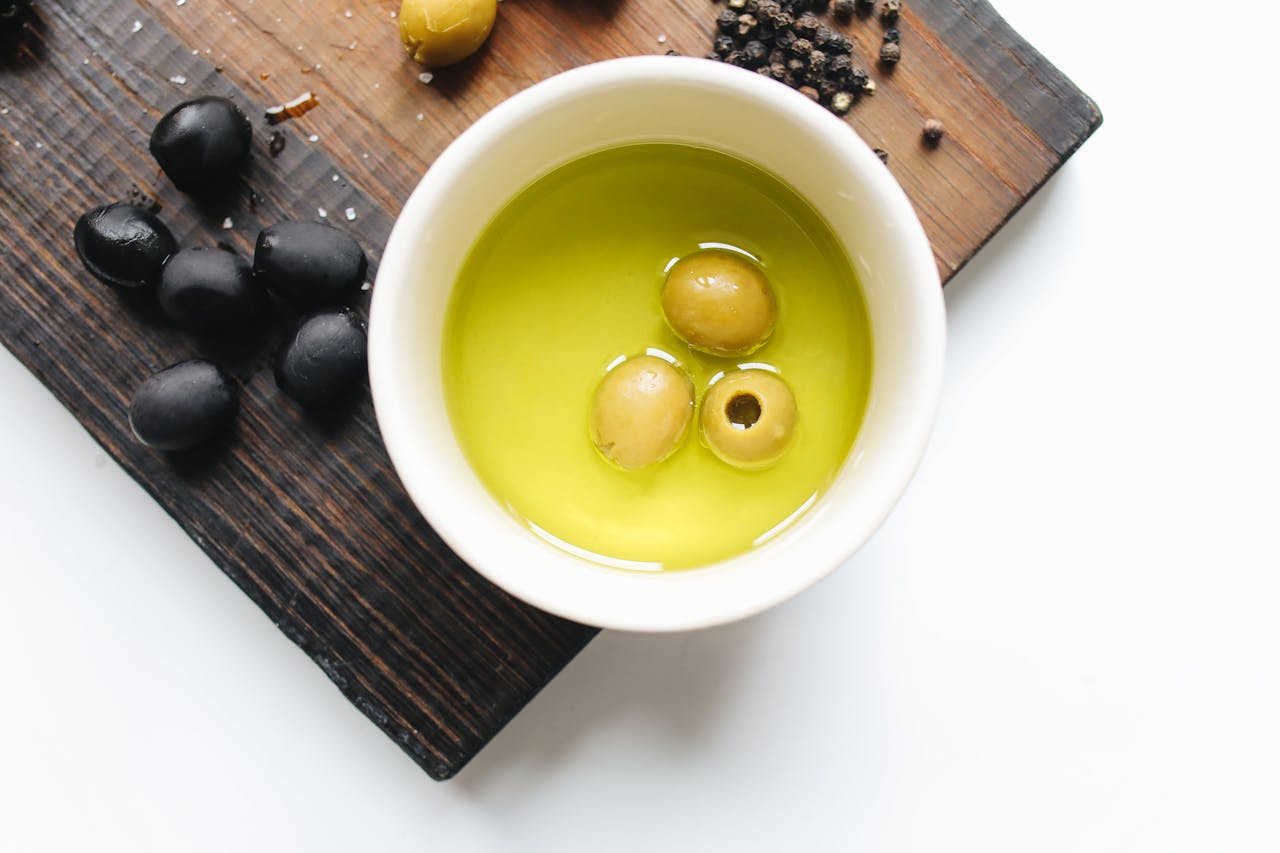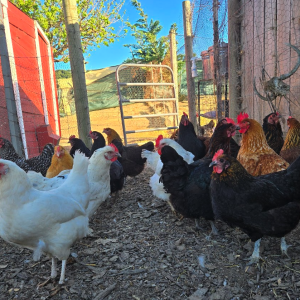Scientific Insights into Olive Oil Quality Degradation
- Chemical Changes Over Time:
- Polyphenols and Antioxidants: These compounds are responsible for the health benefits and stability of olive oil. Studies show that polyphenol levels can decrease by up to 40% within the first 6 months of storage, even under optimal conditions.
- Volatile Compounds: The aromatic compounds that give olive oil its fresh, fruity aroma are highly sensitive to oxidation. Research indicates that these compounds can degrade by 50% or more within a year, especially if the oil is exposed to light or heat.
- Free Fatty Acids (FFA): The level of FFAs increases as olive oil ages or is exposed to poor storage conditions. High FFA levels are a sign of degradation and can disqualify an oil from being labeled as “extra virgin.”
- Oxidation and Rancidity:
- Olive oil contains monounsaturated fats (primarily oleic acid), which are relatively stable but still prone to oxidation. When exposed to oxygen, light, or heat, the oil undergoes oxidative rancidity, leading to the formation of harmful compounds like peroxides and aldehydes.
- The peroxide value (PV) is a key indicator of oxidation. Fresh EVOO typically has a PV below 10 meq O2/kg, but this value can rise significantly over time, especially in suboptimal storage conditions.
- Temperature Sensitivity:
- Studies have shown that storing olive oil at temperatures above 20°C (68°F) accelerates degradation. For every 10°C increase in temperature, the rate of oxidation doubles, significantly reducing shelf life.
Market Dynamics and Challenges
- Global Production and Consumption:
- The global olive oil market was valued at approximately $13 billion in 2022 and is expected to grow at a CAGR of 5.5% from 2023 to 2030.
- Spain, Italy, and Greece are the largest producers, accounting for over 70% of global production. However, countries like Tunisia, Turkey, and Morocco are emerging as significant players.
- The U.S. is the third-largest consumer of olive oil, after the European Union and Turkey, with demand driven by health-conscious consumers.
- Adulteration and Fraud:
- A 2016 study by the University of California, Davis, found that 69% of imported olive oils labeled as “extra virgin” in the U.S. failed to meet EVOO standards. Common issues included adulteration with lower-quality oils and improper storage.
- In the EU, olive oil is one of the most fraud-prone agricultural products, with an estimated 10-15% of olive oil sold in the EU being adulterated.
- Harvest Timing and Quality:
- Early-harvest olive oil, made from unripe olives, tends to have higher polyphenol levels and a more robust flavor profile. However, it yields less oil, making it more expensive.
- Late-harvest olive oil, made from ripe olives, has a milder flavor and lower polyphenol content but is more affordable and widely available.
- Certifications and Labeling:
- PDO (Protected Designation of Origin) and PGI (Protected Geographical Indication) certifications ensure that the oil is produced in a specific region using traditional methods. However, these certifications are not always well understood by consumers.
- The International Olive Council (IOC) sets global standards for olive oil, but not all countries adhere to these guidelines, leading to inconsistencies in labeling and quality.
- Consumer Misconceptions:
- Many consumers believe that “light” olive oil is lower in calories, but the term actually refers to the oil’s mild flavor and color, not its caloric content.
- Some consumers assume that all olive oil is suitable for high-heat cooking, but EVOO has a lower smoke point (around 375°F or 190°C) compared to refined olive oil (around 465°F or 240°C).
Storage and Shelf Life
- Optimal Storage Conditions:
- Temperature: Store olive oil at 14-18°C (57-64°F) to minimize oxidation.
- Light: Use dark glass bottles or stainless steel containers to protect the oil from UV light.
- Air: Keep the container tightly sealed to limit exposure to oxygen.
- Shelf Life:
- Unopened, high-quality EVOO can last up to 18-24 months if stored properly.
- Once opened, olive oil should be consumed within 3-6 months to ensure optimal flavor and quality.
Health Benefits and Nutritional Value
- Polyphenols:
- Polyphenols in olive oil have been linked to reduced inflammation, improved heart health, and lower risk of chronic diseases like diabetes and cancer.
- The health benefits of olive oil are most pronounced in fresh, high-quality EVOO with high polyphenol content.
- Monounsaturated Fats:
- Olive oil is rich in oleic acid, a monounsaturated fat that supports heart health by reducing LDL cholesterol and increasing HDL cholesterol.
- Vitamin E and K:
- Olive oil is a good source of vitamin E, an antioxidant that protects cells from oxidative damage, and vitamin K, which supports bone health and blood clotting.
How to Identify High-Quality Olive Oil
- Sensory Evaluation:
- Aroma: Fresh EVOO should have a fruity, grassy, or herbal aroma.
- Taste: Look for a balance of bitterness (from polyphenols) and pungency (a peppery sensation in the throat).
- Color: While color is not an indicator of quality, high-quality EVOO often has a vibrant green or golden hue.
- Label Information:
- Look for the harvest date, origin, and certifications like PDO or PGI.
- Avoid oils labeled as “pure,” “light,” or “olive pomace oil,” as these are lower-quality products.
- Third-Party Testing:
- Some brands provide third-party test results for polyphenol content, FFA levels, and peroxide values, offering transparency and assurance of quality.
Emerging Trends in the Olive Oil Market
- Traceability and Blockchain:
- Some producers are using blockchain technology to provide consumers with detailed information about the oil’s origin, harvest date, and production process.
- This enhances transparency and builds trust in the product.
- Sustainability:
- Consumers are increasingly demanding sustainably produced olive oil, driving producers to adopt eco-friendly practices like water conservation, organic farming, and renewable energy use.
- Flavored Olive Oils:
- Infused olive oils (e.g., with herbs, citrus, or chili) are gaining popularity, offering consumers new ways to enjoy olive oil in cooking and dressings.
- Direct-to-Consumer Sales:
- Many small-scale producers are bypassing traditional retail channels and selling directly to consumers online, ensuring fresher oil and better quality control.
Conclusion
The quality of olive oil is influenced by a complex interplay of factors, from production and storage to consumer usage. While the market faces challenges like adulteration and lack of transparency, advancements in technology, education, and sustainability are helping to improve quality and consumer trust. By understanding the science behind olive oil and making informed choices, consumers can enjoy the full benefits of this ancient and versatile product.














